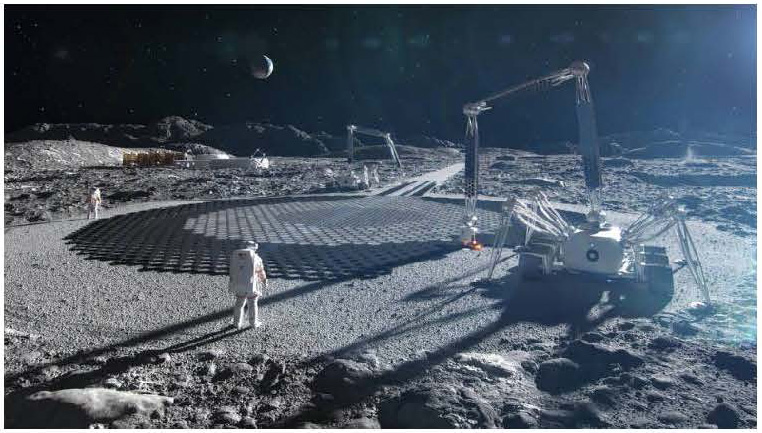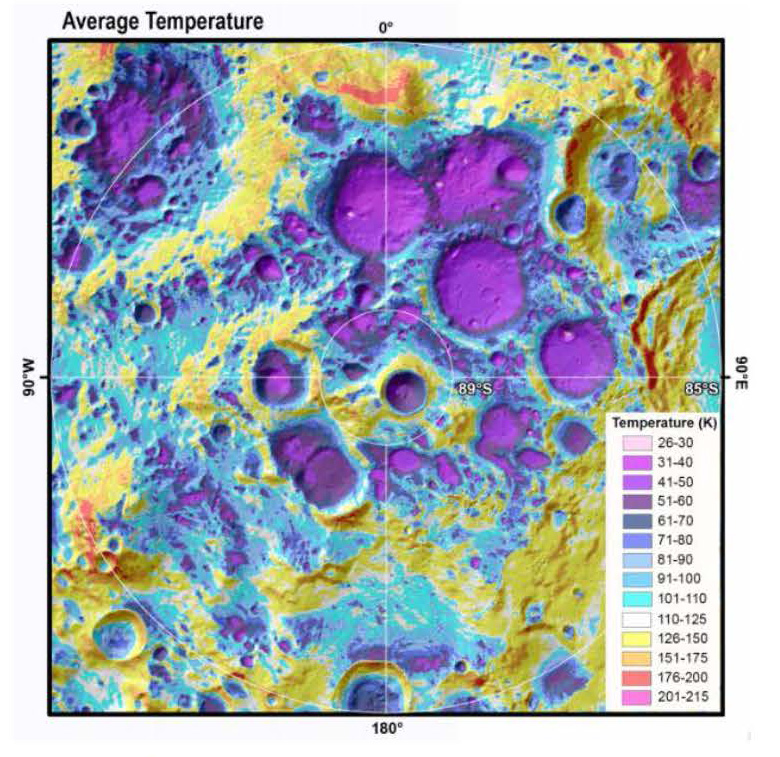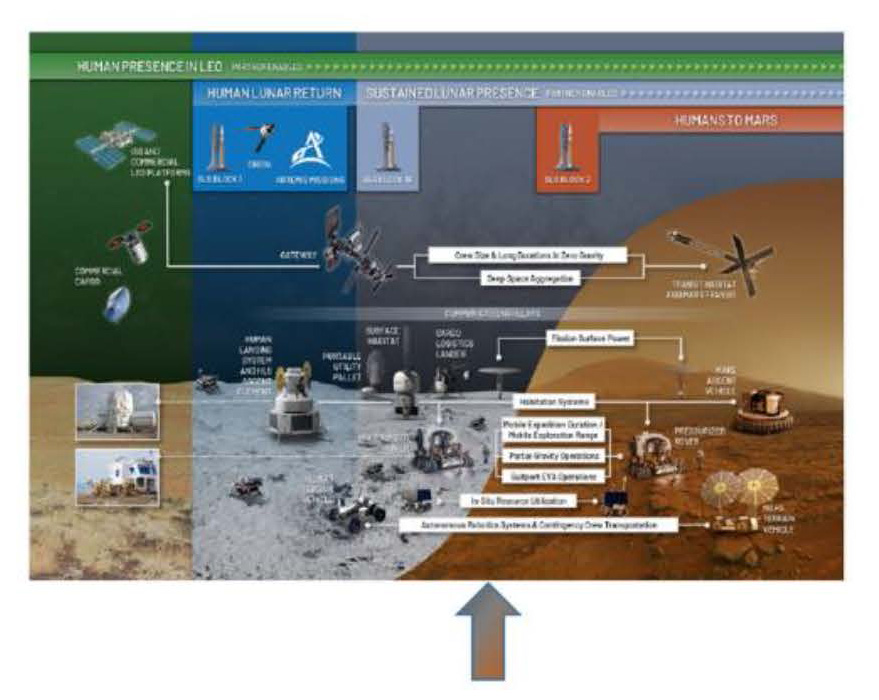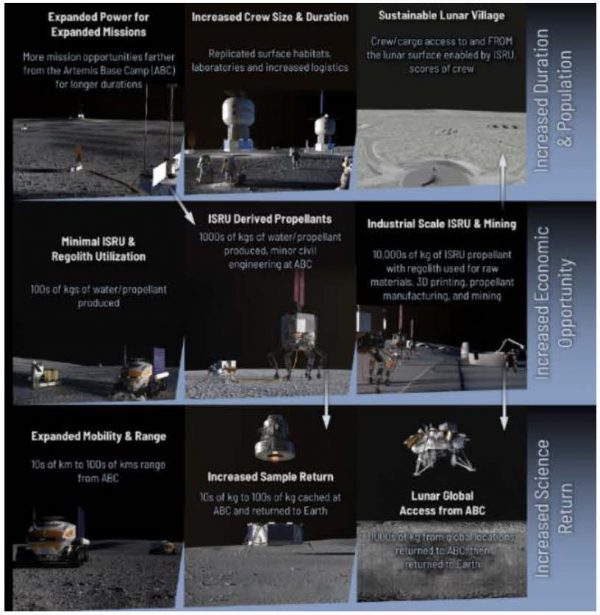UPCOMING EVENTS
SEE 2025 Event Scenario
Mike.Conroy@ucf.edu SEE Smackdown Architect
Paige.A.Whittington@nasa.gov SEE Technical Chair
SEE Sim Smackdown Introduction
The Simulation Exploration Experience (SEE) Sim Smackdown has been uniting students, industry, professional associations, and faculty in collaborative college-level modeling and simulation learning since the first event in Boston in 2011. University Teams from around the world design, develop, test and integrate their Exploration concepts for the Moon, Cislunar Space and Mars. Teams use open standards for modeling and simulation (M&S) that allow their concepts to work together as part of a large-scale space mission. Due to the geographic dispersion of the teams, their concepts interact with one another over the Internet leveraging industry modeling and simulation standards for interoperability with one of the teams providing the infrastructure as well as the base model. Past Smackdown teams helped define the very standards for space simulation (SISO SpaceFOM) in use today, demonstrated those standards and exposed their capabilities to the world.
Legacy missions were focused 50 years in the future, allowing considerable latitude as to systems represented in the simulation. This began to change in 2022 with a move to the NASA Artemis plan (here) with technologies, systems and capabilities expected to be available in the mid-2050s. SEE 2025 is focused on the creation of the initial lunar infrastructure and the foundation for human trips to Mars as described in NASA’s Moon to Mars Campaign Strategy (here).
This document shares the 2025 SEE SmackDown Scenario and sets the stage for a migration towards System Design constructs and language. The major elements are Systems, the student’s designs; the Behaviors, or what those systems actually do; and the Interactions, or how the various Systems communicate with each other. The goal is to keep all of these at a high level, allowing the Teams to mature System, Behaviors and Interactions as they desire and in line with the Artemis architecture.

The Setting
SEE 2025 takes place primarily in Cislunar space. This is the area around and inside the orbit of the moon. The plans are for a base near the Lunar South Pole with outposts and exploratory mission radiating out from that base and the orbital environment including the Gateway Station. This aligns with the first dozen or so envisioned Artemis missions over the next 15 years. Mars missions or mission content is welcome as well.
NASA recently published a number of candidate south pole landing sites (here) for teams to choose from, details of the connecting ridge area are shown to the left and will be releasing 3D surface models of these areas later in 2023.

The Systems / Federates / Interactions
The “Exploration Frontiers” document (here) shares NASA’s Moon to Mars Campaign Strategy and was developed to help infuse university student concepts into the Moon to Mars Campaign Strategy.
NASA plans indicate that initial missions will be very mobile, potentially with differing landing sites, to enable exploration of various sites of interest. The knowledge gained with this approach will allow exploration of likely sites for fixed infrastructure like a Lunar Base. The 2025 SEE Sim Smackdown welcomes both approaches, but for the simplicity, will restrict Base and Roming activites to 87-90°S latitude (dark ciricle on the the map above). SEE 2025 will represent these concepts at the point in time (Arrow) during the Sustained Lunar Presence and prior to sending humans to Mars. This is an exciting time. A sustainable lunar base, explorers and overhead space station will provide the foundation for Lunar surface exploration and a gateway to Mars.

By this time, we expect an industrialized Lunar Village providing utility services for the facilities, housing for larger crews, infrastructure for mining and ISRU based material and propellant production, a space port and serves as the core station for continued lunar exploration.
The Moon to Mars Strategy is to:
- Increase the Lunar Population by providing key infrastructure such as power, habitats, laboratories and a space port for crew and cargo access.
- Increase Economic Opportunity by utilizing local resources to produce propellants, building materials, manufacturing feed stocks and mining.Increase Science Returns by extending mobility and sample return capabilities
This strategy provides a number of opportunities for SEE 2025. The selected epoch, with a sustained human presence on the Moon and before humans go to Mars, includes Lunar surface habitation / exploration, Mars surface exploration and the Lunar orbital environment. Desired SEE 2025 content includes:

- Surface and sub-surface exploration, transportation, prospecting, harvesting and mining systems for the Moon or Mars.
- Habitation and support infrastructure (power, cooling, heat, water, food, transportation, distribution systems) for the Lunar Village as well as more basic systems for remote outposts.
- Industrial infrastructure producing propellants, fuels, raw materials, construction materials, recycling and manufacturing capabilities.
- Transport and sale of products and services on base as well as through the Gateway station.
- Robotic outposts (exploring, prospecting, ISRU) in remote lunar areas as well as on Mars.
Next Steps – Kick-Start Session / Teams / Join
Kick-Start Session
SEE traditionally starts the second week of January with weekly cadence through the event in mid to late April. For 2025, SEE offers an informal track beginning in mid-September 2024 and running until the traditional start in January. This Kick-Start Track will provide access to the repos, mentors, training materials and information much earlier than in past years with the SEE technical chairs holding regular office hours to facilitate progress. Teams will be able to complete training, planning, partnerships and logistics prior to January; freeing them to focus on simulations and interactions from day one. The Kick-Start is an optional, but highly recommended part of SEE 2025 and is expected to lead to more learning, a better understanding of NASA systems, more advanced simulations (with more interactions), and the ability to develop more sophisticated products than ever for SEE 2025.
Teams
The Sim Smackdown welcomes teams regardless of their experience level or training. Teams are broken down into three types, each with different goals, plans and participation levels.
- Observers – attend sessions, keep track of progress and prepare concepts and Baseball Cards for inclusion into the simulation next year
- Passive Participants – Design and model systems that do not yet move or interact for inclusion into the Simulation this year
- Active Participants – Design systems and simulations that interact with simulations from other teams for inclusion this year.
Join
The Sim Smackdown welcomes teams no matter the experience level or training. Team types include:
- Observers – attend sessions, keep track of progress and prepare concepts for next year
- Passive Participants – design and model systems that do not yet move or interact
- Active Participants – Design systems and simulations that interact with other teams
The 2025 SEE Sim Smackdown sessions will take place at 10:05am US Eastern (Orlando) time, in Microsoft TEAMS. For Discord invitations, contact Mike. Additional information, as well as the “Start a Team” link, is available on the new website. Contact Mike or Paige for additional information or fill out the Contact card on the new website.
For additional detail, NASA published their Moon to Mars Architecture and process here.
Start a SEE Team today!
